Range value properties all return EMPTY in executing code.
How can I programmatically get the values of a spilled range?
I'm using the following code as a test function, you can copy and paste into some module:
Public Function TestFunction(n As Integer, bIsVertical As Boolean) As Variant
Dim i As Integer
Dim vals As Variant
Dim rng As Excel.Range
Dim rngEnabled As Excel.Range
Dim bShortCircuit As Boolean
On Error Resume Next
Set rng = ActiveWorkbook.Names("SHORT_CIRCUIT").RefersToRange
If Not rng Is Nothing Then
bShortCircuit = CBool(rng.value)
End If
On Error GoTo 0
If bShortCircuit Then
Set rng = Application.caller
If Not rng.SpillParent Is Nothing Then
n = rng.SpillParent.SpillingToRange.Cells.count
End If
If bIsVertical Then
ReDim vals(0 To n - 1, 0)
For i = 0 To n - 1
Debug.Print i & " -- ", rng.Offset(i).value
vals(i, 0) = rng.Offset(i).value
Next i
Else
ReDim vals(0 To n - 1)
For i = 0 To n - 1
Debug.Print i & " -- ", rng.Offset(0, i).value
vals(i) = rng.Offset(0, i).value
Next i
End If
TestFunction = vals
Exit Function
End If
If bIsVertical Then
ReDim vals(0 To n - 1, 0)
For i = 0 To n - 1
vals(i, 0) = i
Next i
Else
ReDim vals(0 To n - 1)
For i = 0 To n - 1
vals(i) = i
Next i
End If
TestFunction = vals
End Function
Based on n and bIsVertical it will print a dynamic range result to Excel if "SHORT_CIRCUIT" range does not exist or it's value is FALSE. If "SHORT_CIRCUIT" is TRUE, however, the existing function values should be returned as the result.
What I am trying to do, is add an enable/disable feature to an add-in (long story short, turning calculation mode to manual does not work in all cases). I thought this would be relatively easy, but Excel gives me the following error message as soon as I change an input to the function (n or bIsVertical) when short-circuiting is TRUE:
Furthermore, when I investigated what is being written to vals during this event, I see that the elements of the returned array are all EMPTY, which appears to be the root of the problem because if I manually define vals and return a non-empty result then I do not get the error pop-up.
I've tried to get the caller values from Value and Value2 range properties, and also SpillingParent.SpillingToRange but those do not work. The vexing thing is that I can see the values in the Properties window when debugging or Debug.Print directly in the Immediate window (not as a statement in the executing code, which also returns EMPTY).
So, my question, is how can I programmatically get the values of a spilled range?

